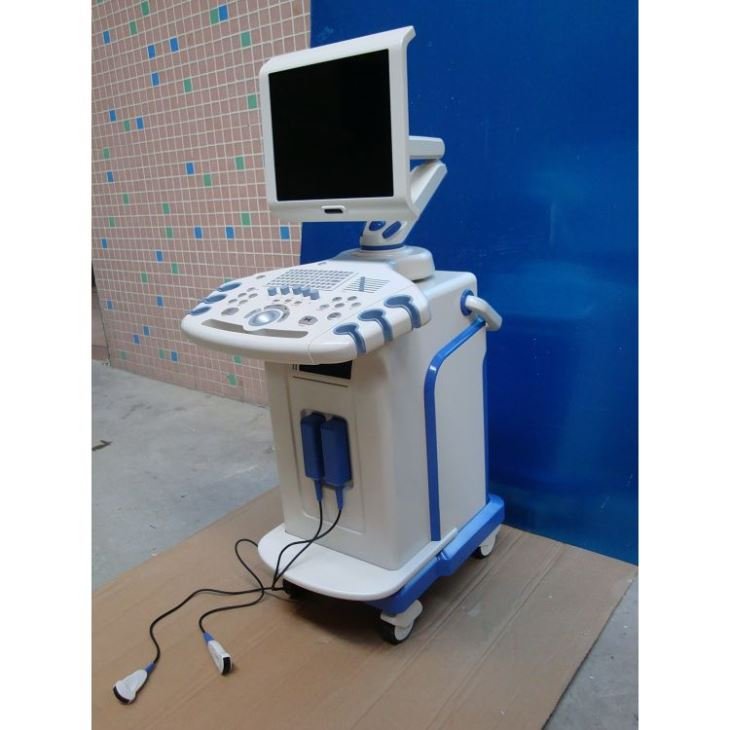
Ceramic Injection Molding And Beautification
Ceramic injection molding and ceramic injection molding processes ceramic materials into complex geometries through an almost standardized injection molding process. For this purpose, the material properties of the ceramics are combined with the production technology possibilities of injection molding technology. By building specific production facilities and processes optimized for this, it is now possible for the first time to produce ceramic injection molded parts on a large scale, process reliably and economically with the lowest operational difficulty.
At the very beginning of the production chain is a green body formed by injection molding. At this point, the parts made of ceramic powder and plastic mixture called compound have the final geometry. In this state, the parts are based on different binder systems (components of the plastic matrix), which are about 30% larger than the final product.
The subsequent production step is called the degreasing process, which first removes the plastic matrix and then performs a sintering process to make the ceramic powder dense at high temperatures (>1400 ̊C depending on the ceramic). Parts will “shrink” to the required dimensions and remain within the required tolerances.
If there is a requirement for the appearance, it can also handle the appearance and feel of the unsightly gray appearance, and become an attractive eye-catching product. Through the grinding and polishing process, the parts will have a high-gloss, dark black surface that is hardly damaged by external influences. Afterwards, parts of the parts can be matt-finished, marked or coated (for example, electrostatic discharge protection) by different special processes.
Different materials can be used for technical applications, from alumina (Al203) to zirconia (ZrO2) to tantalum nitride.
Ceramic applications can therefore be used in almost all industries and product areas:
(1)Medical technology: quantitative fine-tuning technology, jet.
(2)Communication and vehicle technology: decorative cover / casing, accessories, buttons.
(3)Mechanical/Electronics: Drive components such as gears, bearings, worm gears or yokes.
(4)Industrial applications: nozzles, seals.








